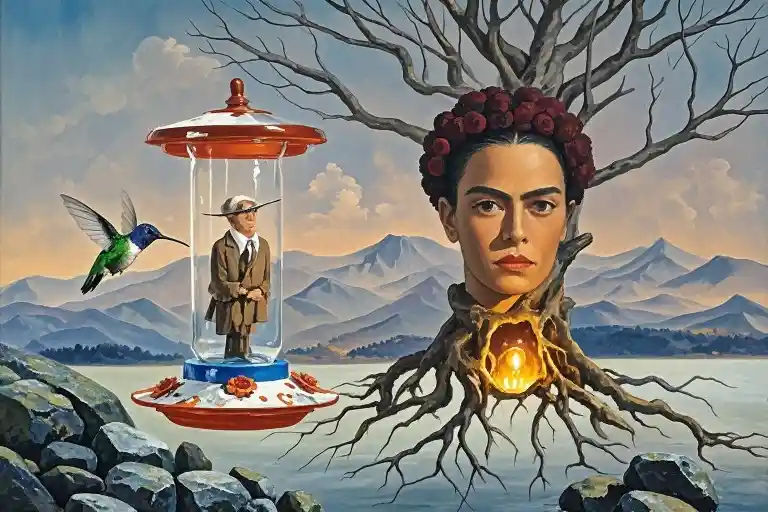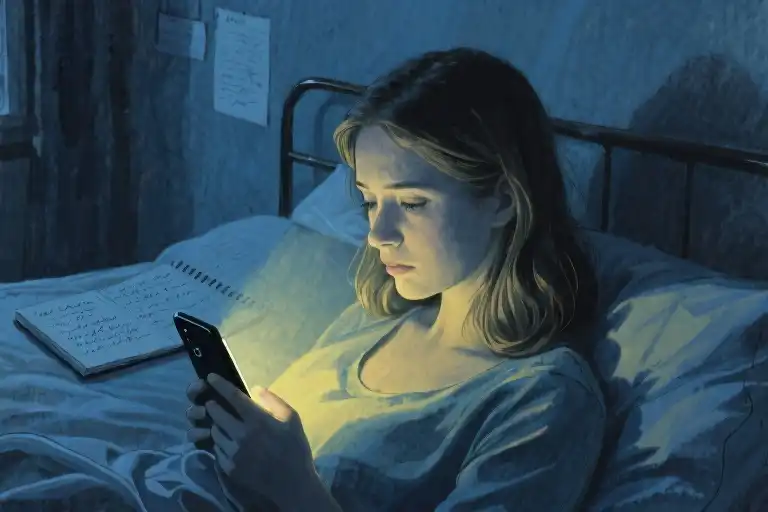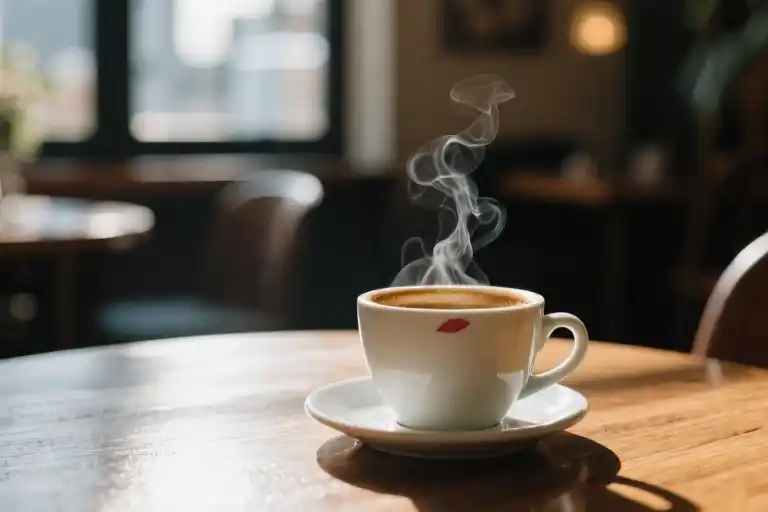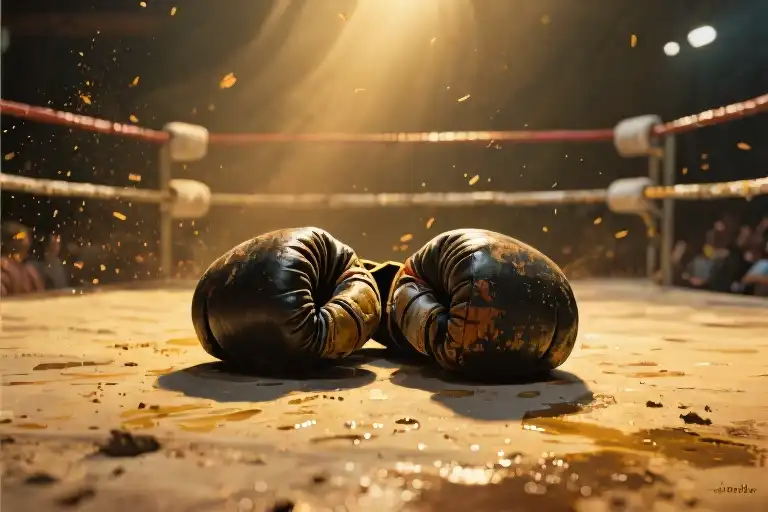You know that feeling when you’re holding a coffee cup too tightly, and the heat seeps through the ceramic until you can’t tell if it’s warming you or burning? That’s how I’ve come to understand love—an offering that’s equal parts comfort and risk. Let me tell you a story about hands getting stuck between rocks, hummingbird feeders, and why sometimes not fitting is the whole point.
When Cups Meet Pitchers
Here’s the thing nobody warns you: Love doesn’t care about fairness.
I used to think relationships were like matching puzzle pieces—if I sanded down my edges just enough, I’d slot perfectly into someone else’s life. Turns out, we’re not puzzles. We’re containers. Some of us are teacups (delicate, meant for careful pouring), others are pitchers (all about the steady flow). I spent years trying to be someone’s pitcher when I was born a cup.
Remember Jack Fairley? That guy who wedged his hand between boulders on a hiking trail and had to drink rainwater for three days before rescuers came? Yeah, that’s all of us at some point. We push into spaces that weren’t meant for us because the light through the cracks looks like belonging.
What I’ve learned:
- You can love someone’s rhythm without being their dance partner
- Loneliness isn’t failure—it’s the body’s way of saying “This mold doesn’t fit anymore”
- Paint peels. Hummingbirds leave. Hands get stuck. You pivot.
The Dirty Truth About Hope
They’ll tell you hope is a life raft. I call it God’s sneakiest spy—the thing that keeps you breathing when logic says “Give up.”
Picture this: You’re soaked to the bone in a desert storm. Your stomach’s been empty for days. Survival odds? Slim. But there’s this hum in your chest, quieter than a moth’s wings, whispering: “What if you make it to sunrise?” That’s hope. Not some shiny Hallmark card, but dirt-under-the-nails stubbornness.
Funny how it works:
- A single minute can unravel a decade of hurt (ever noticed how sunlight through hospital windows smells like forgiveness?)
- White-knuckling steering wheels for years only teaches you how to miss the view
- When people say “Hope’s too heavy,” they’re usually carrying someone else’s rocks
When Portraits Start Breathing
Let’s talk about magic—not the wand-waving kind, but the “paint-flaking-porch-rail-that-remembers-every-summer” magic.
My therapist once said trauma turns people into haunted houses. I’d argue we’re more like portraits half-alive—oil paint skin, real tears. You ever catch your reflection and think “When did I become this character?” That’s the moment the canvas twitches.
Writing this novel taught me:
- Memories aren’t book chapters—they’re weather patterns (that sapling neck scar? Still tastes like 2018’s thunderstorms)
- Trying to “fix” yourself is like applying lipstick to a statue—pretty, but missing the pulse
- Sometimes disappearing (a lover, a dream, a version of yourself) is the kindest plot twist
Your Turn to Speak
So here’s my messy truth: I still check that hummingbird feeder every morning. The paint chips collect in my palm like confetti from a parade nobody attended. And you?
Where are you stuck?
- Between someone’s “almost” and “not quite”?
- In a job that fits like last year’s shoes?
- Or maybe—just maybe—starting to realize the rocks weren’t your home to begin with?
Leave a comment or smash that heart button. Better yet, go stare at a peeling porch rail until it tells you a secret.
P.S. For more half-alive portraits and desert-storm hope, find me on Substack. The coffee’s always brewing, and the characters never stop talking.





